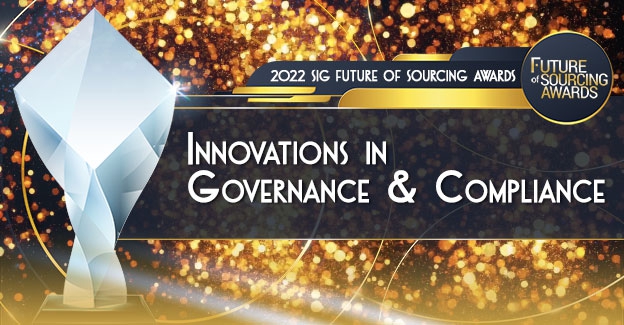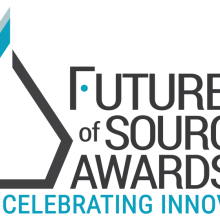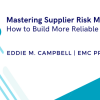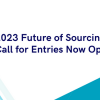On October 19th, the Future of Sourcing Awards will celebrate organizations and individuals that have shown innovation, leadership and transformation in categories that are critical to the sourcing industry. Interviews with the finalists provide helpful insight about their projects, the problem they sought to solve and the impact to their organizations.
Can you outline why your team embarked on this project and the problem that needed to be solved?
How were things done originally and what was the inspiration to innovate the process?
What KPIs did you use to measure success for this project? (For example: performance, customer satisfaction, revenue, sales or relevant financial gains?)
How do you plan to ensure that the new model remains relevant and adapts to the future needs of the market?
- Place at the top of our operating characteristics and business plan activity the HR pillar, where associate development, culture and engagement is emphasized.
- Accelerate our digital transformation and maturity of procurement tools and automation.
- Utilize those technologies to continue driving business process standardization.
- Shift our procurement governance strategy away from simply training and awareness toward more compliance management, using those practices to drive both individual behavior and overall process changes.
- Continue to bring unmanaged company spend (such as marketing and advertising) under the influence of this new indirect procurement function.
- Transition from a savings-focused approach in sourcing to bringing creative solutions and value that maximizes overall company profitability instead.
What advice do you have for those who may want to implement this innovative approach in their own organizations?
- An organizational change management and communication strategy should be the first thing that is developed. Think from the “outside-in”.
- While executive sponsorship is essential in achieving project success, having well defined, and reinforced, project KPI’s to back up executive direction is equally important.
- Be intentional and enthusiastic with assimilating new people into your organization. When it comes to building trust and eliminating fear, the soft stuff is the hard stuff.
- Take the opportunity to redesign as many business processes within a cloud-based solution as possible to eliminate legacy customizations. This will save long-term system development costs and allow for more flexible configurations as new functionality is released.
- Internal groups and companies will undoubtedly resist change, even at management levels. Be prepared to emphasize regularly that collective standardization is more important than individual optimization.
How did you get your company and/or stakeholders to get on board and support this project?
- Focused our new system design and technology roadmap around building a better end user experience and interface.
- A “lift and shift” approach that integrated legacy procurement teams into our organization but kept them in support of their legacy business teams for 6 months to ensure continuation of business while stabilizing operations in the new organization structure.
- From a procurement governance standpoint, we issued a new policy in a “hard launch, soft compliance” fashion, again to allow the organization and business structures to form.









